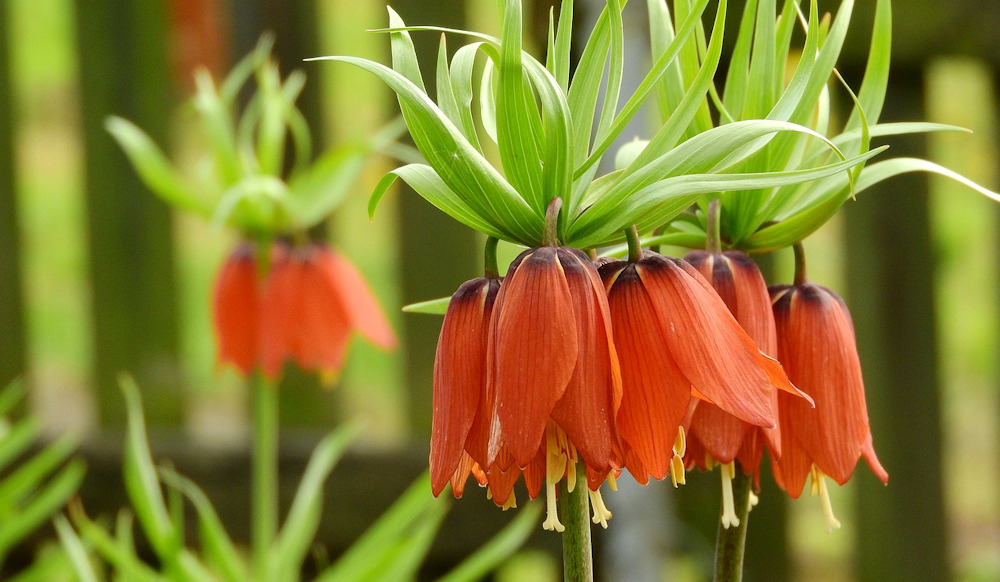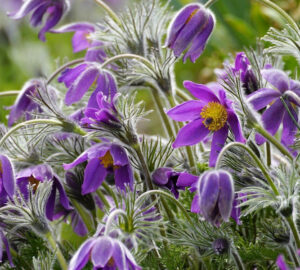Crown imperial (Fritillaria imperialis) is truly a majestic presence in any garden, captivating with its dramatic, bell-shaped blossoms that appear in vibrant shades of orange, red, and yellow. Renowned not only for its striking appearance but also its ease of care and impressive longevity, this unique plant is an excellent addition for gardeners seeking to create a bold and distinctive display.
Planting Crown Imperial
Plant your crown imperial bulbs in autumn, ideally between September and October. Bulbs should be positioned approximately 15-20 cm (6-8 inches) deep and spaced 20-30 cm (8-12 inches) apart. Choose a location that receives full sun to partial shade, ensuring the site has well-draining soil to avoid bulb rot.
Enhance soil fertility and drainage by incorporating organic matter, such as compost or well-rotted manure, into the planting hole. Crown imperials prefer slightly acidic to neutral soil with a pH between 6.0 and 7.0.
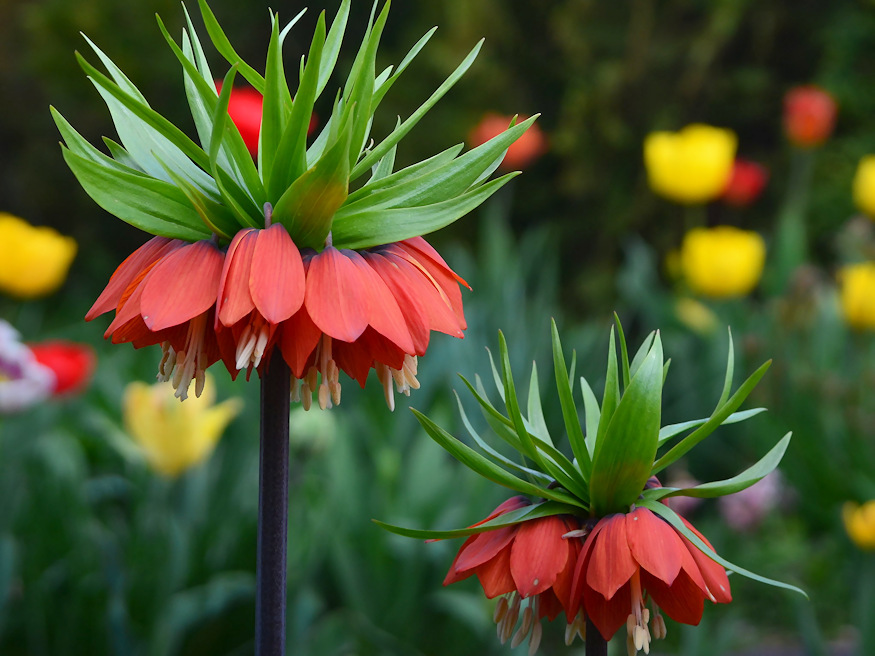
Caring for Your Crown Imperial
Watering
Regular watering is essential during the active growing season, particularly in spring. However, it’s crucial not to overwater—excess moisture can lead to bulb rot. Aim for consistent moisture, allowing the top layer of soil to dry slightly between watering.
Fertilizing
Apply a balanced, slow-release fertilizer in early spring, just as new growth emerges from the ground. This provides the necessary nutrients for vigorous growth and abundant blooms.
Mulching
Mulch around the plant base with organic materials such as bark chips or compost. Mulching helps retain moisture, regulates soil temperature, and suppresses weeds, contributing to the overall health of the plant.
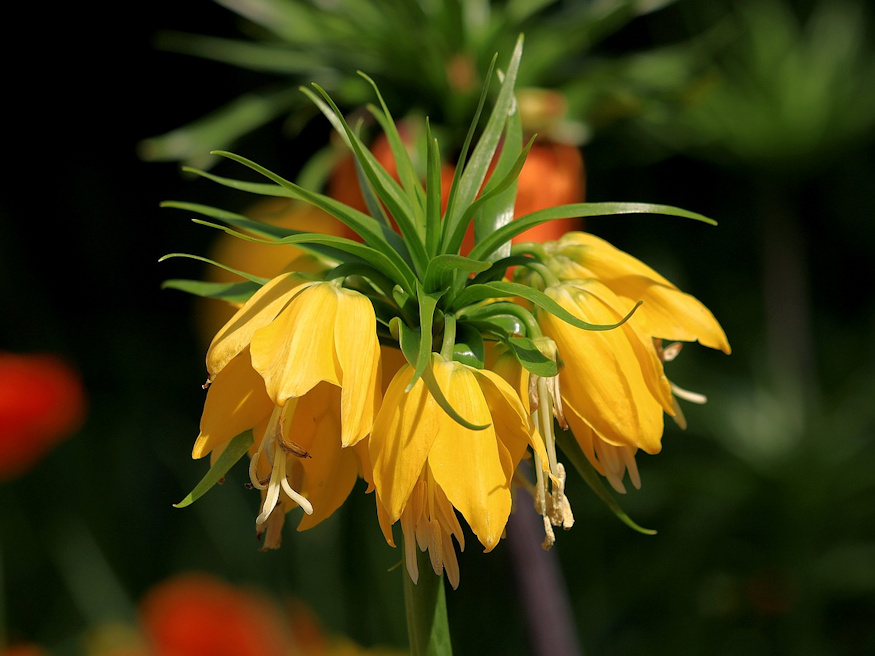
Post-Flowering Care
After flowering, allow the foliage to die back naturally. The foliage provides essential nutrients back to the bulb, ensuring robust growth and blooms for the following season. Once the foliage has completely yellowed, you can carefully cut it back.
Pest and Disease Management
While crown imperial plants are generally resistant to diseases and pests, they can occasionally suffer from slug damage or bulb rot. Regularly inspect your plants and address slugs using organic slug deterrents or barriers. Ensuring proper drainage will significantly reduce the risk of bulb rot.
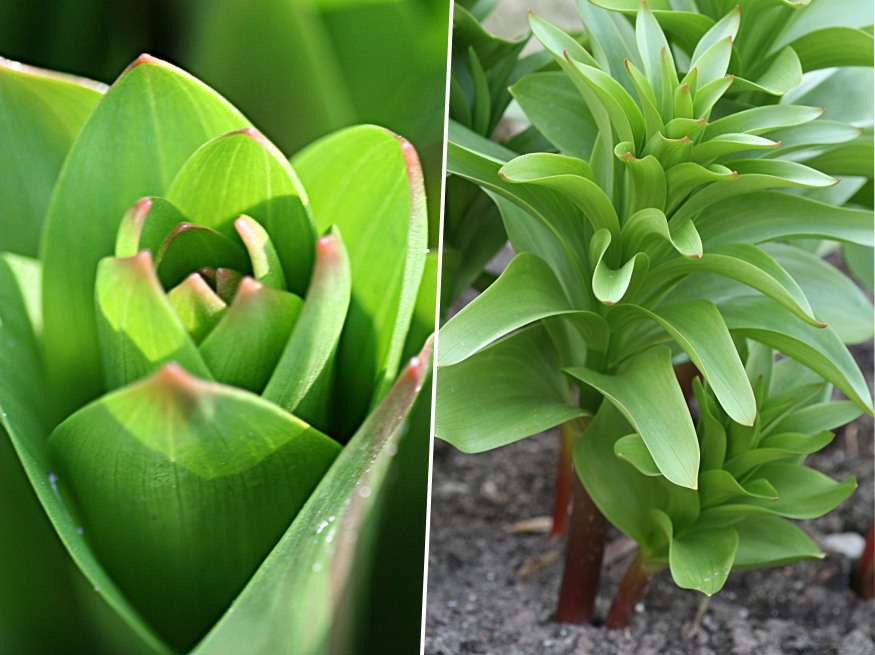
Special Requirements
Crown imperial bulbs require a cold dormancy period to bloom successfully. Therefore, avoid digging up or relocating bulbs during the active growing season. They thrive in cooler climates and typically struggle in hot, humid conditions.
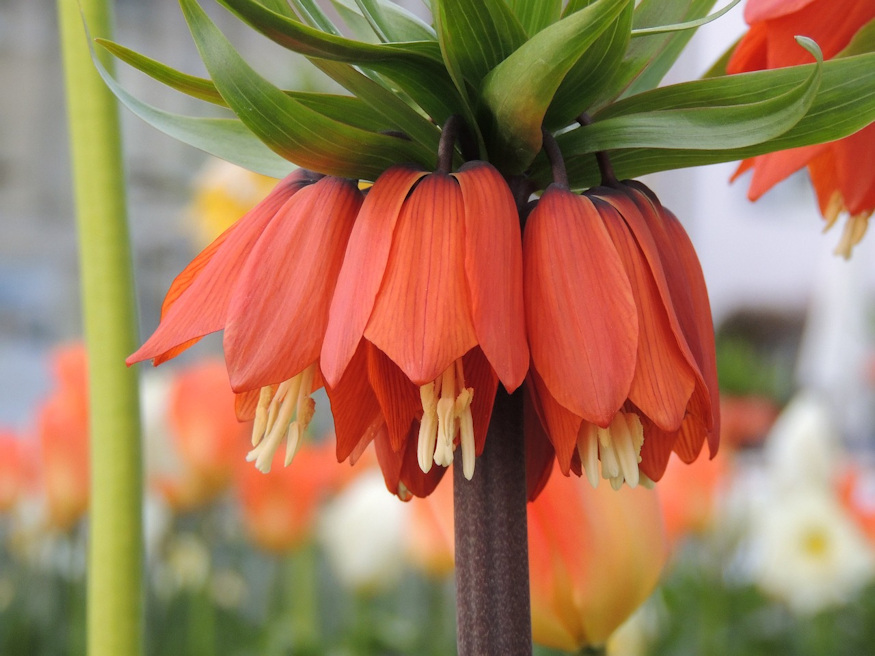
Unique Features of Crown Imperial
Majestic Appearance
The impressive, bell-shaped flowers and tall, robust stems of the crown imperial lend an elegant and exotic appearance to your garden, creating a distinctive focal point.
Low Maintenance
Once established, crown imperials require minimal upkeep, making them an ideal choice for gardeners seeking maximum visual impact with minimal effort.
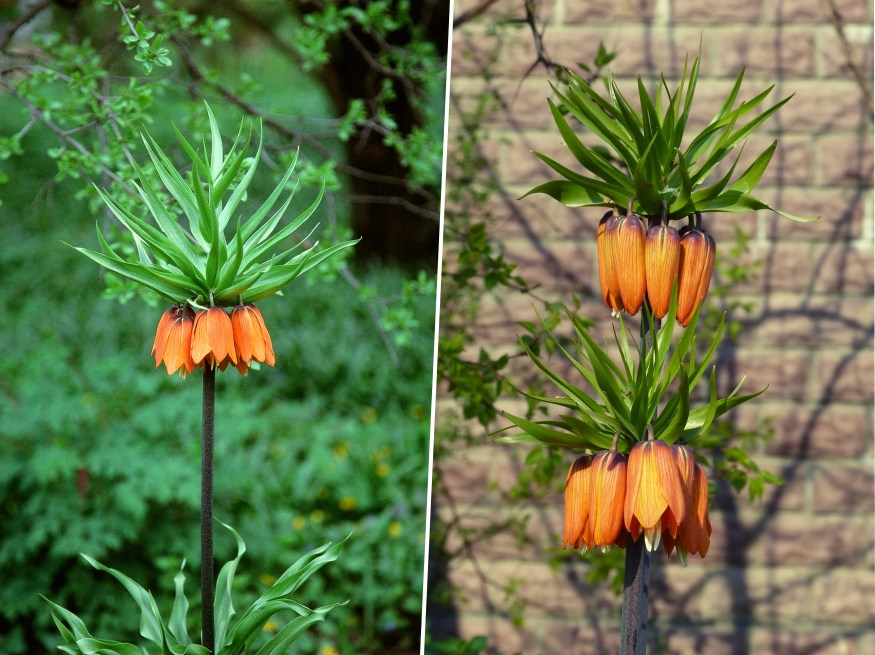
Deer and Rodent Resistance
An added benefit is their natural resistance to deer and rodents due to the bulbs’ toxic nature. This ensures your investment remains safe from common garden pests.
Hardy and Durable
Crown imperial plants are exceptionally hardy, capable of tolerating cold temperatures and harsh weather conditions. This resilience makes them a reliable choice for gardens in colder climates.
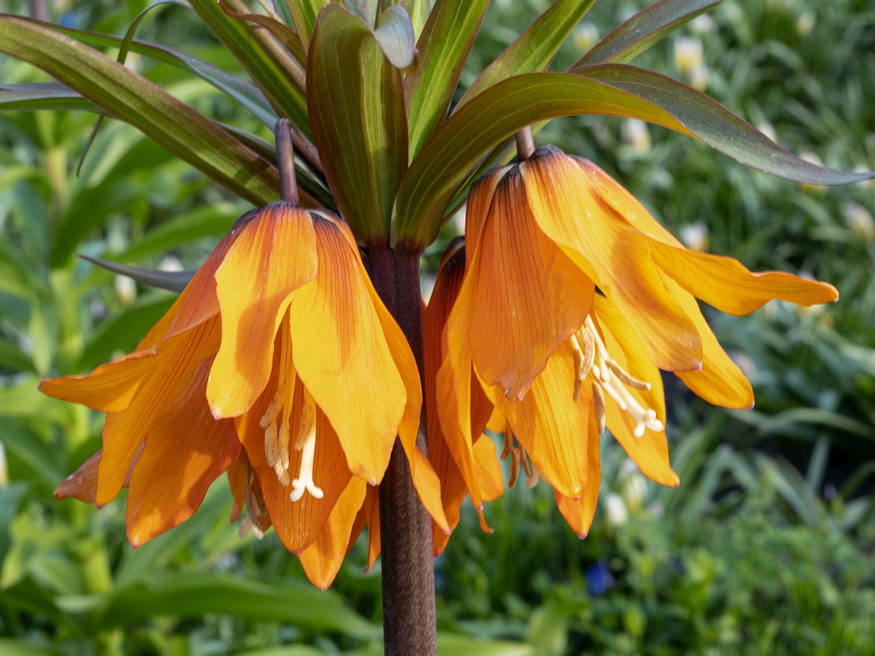
Longevity
Crown imperial bulbs, once planted, can thrive and bloom beautifully for several years with minimal intervention, rewarding gardeners season after season.
By following these care tips, gardeners can enjoy the majestic beauty and mysterious charm of crown imperials, creating an enduring and captivating garden feature year after year.



